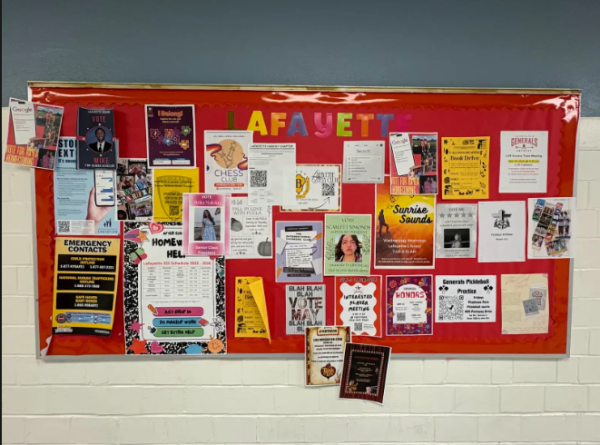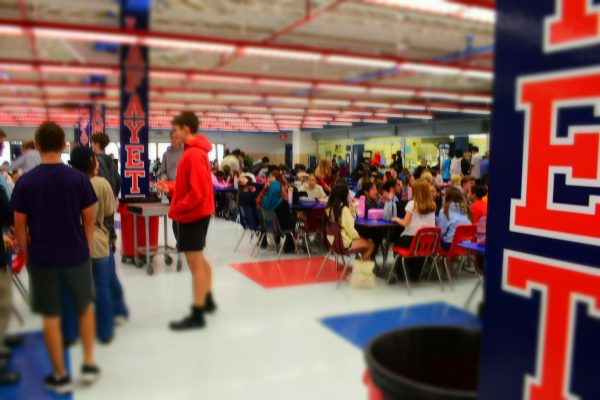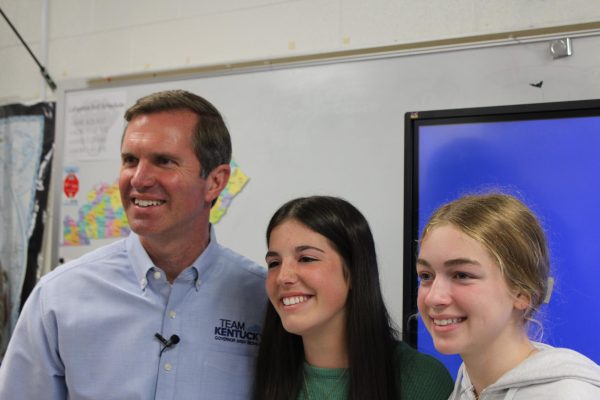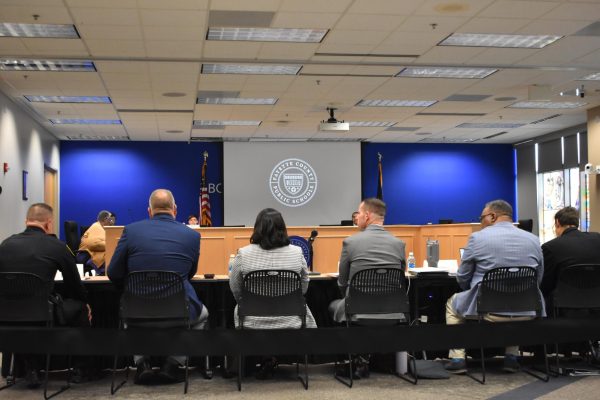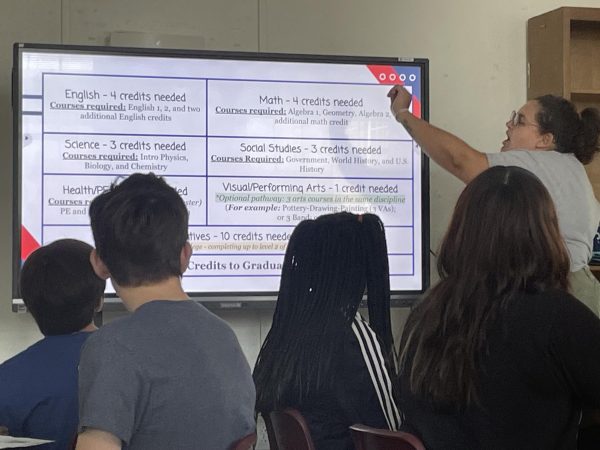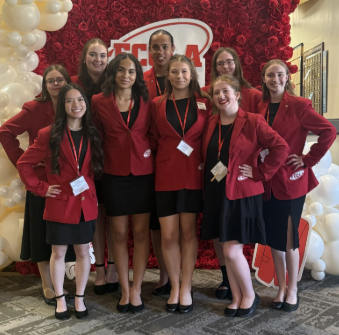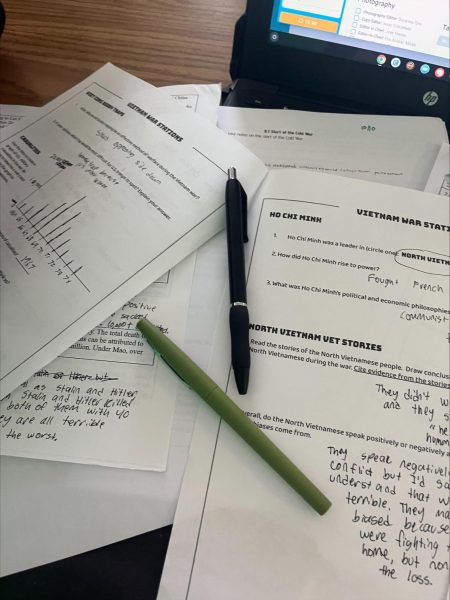Transitioning From NTI to In-Person
During 2019 the world got hit with a terrible surprise called COVID-19 which is, ¨…the disease caused by the new coronavirus that emerged in China in December 2019.” After exposed to this new virus, the world had to go into quarantine causing dine-in restaurants, schools, stores and more to shut down beginning in March 2020.
Schools started NTI/virtual learning for students to complete work at home. Unfortunately, many people began to take this virus as a joke and refused to follow rules of wearing a face mask and staying 6 feet apart; this caused cases to increase and numbers to go up.¨The coronavirus 2019 (COVID-19) pandemic resulted in 5,817,385 reported cases and 362,705 deaths worldwide through May, 30, 2020,† including 1,761,503 aggregated reported cases and 103,700 deaths in the United States.¨
The numbers continued to increase as the months went along and many started to take the situation more seriously. Many people began to wonder if the world would ever go back to normal, such as going back to work and school. I asked a student from BCTC college, “What is one question you have about transferring from NTI to in person instruction?” She replied, ¨Will we ever go back to in person learning?¨I asked another student from Lafayette High school the same question she replied, ¨What would it look like if we transferred from NTI back to in person learning?¨
Lafayette Times is here to answer both questions. Fayette County Public Schools is in the category of remote learning until February 12th. The district will have further discussion next Tuesday, February 2nd to see if our district can start phasing student groups for in-person learning. The district has created an online In-PersonLearning Matrix to determine whether we remain on remote learning or begin graduated in-person learning. You can also download the app for the In-Person Learning Matrix if you search in the App store or Google Play for FCPS KY Matrix, it is a free download.
While we’re waiting for the go ahead to return to the building, we can look at the district’s plan for how the school will look once we are in the building. The Board has elected that we will not do a hybrid model, where students are divided into two groups.
For Lafayette, that means that staying six feet apart may not always be possible. Teachers have been instructed to do the best they can with spacing desks out as much as possible.
Classes that have two-person tables will be given dividers to further separate students. Students will be given assigned seating and must remain in that seat the entirety of the school year. This will allow contact tracing, in case of Covid-19 exposure.
All students would be expected to wear a mask. Bandanas and gaiter masks are not allowed. When transitioning from class to class, students will need to follow the directional stickers on the floors. Once students have passed through the temperature check and metal detectors, they are expected to go directly to their first block class.
Each classroom will have an air purifier, and UV lights have been installed in the ductwork. Both measures are meant to mitigate the spread of the virus droplets within the classroom.
Upon arrival, students’ temperatures will be checked through thermal imaging stations. While at school, students will continue working on computers to lessen the spread of the virus through shared materials.
Some students may continue to remain on a remote learning plan, and both in-person and remote learning students are expected to complete work regularly.
Following the typical rules of wearing a mask, frequent hand washing, and social distancing would lead to the world becoming closer to being more healthy and cases dropping.
With the recent ramping up of school personnel getting the vaccine, along with the distancing from the holiday surge, there is hope we will see students back in the school building this semester.


